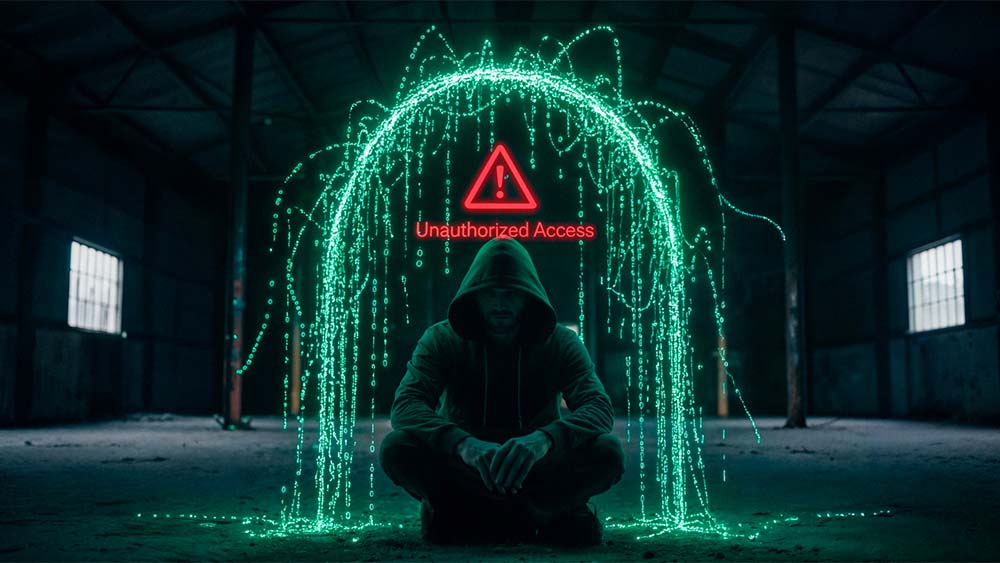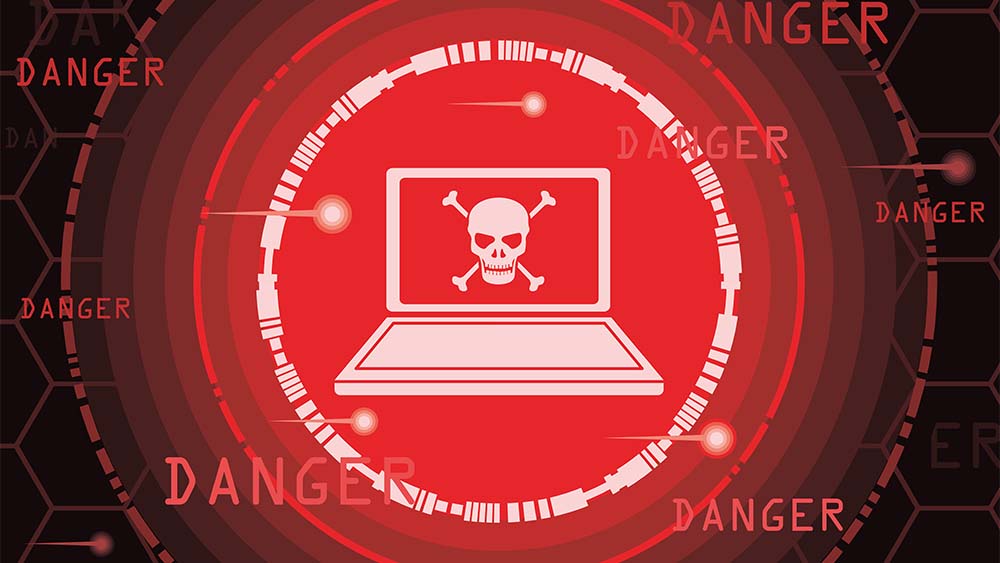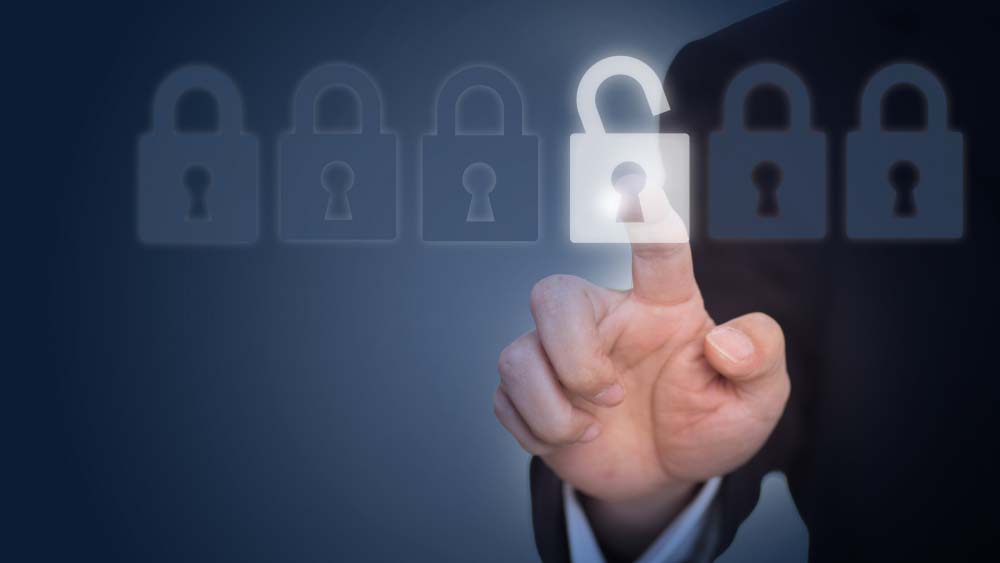Following the COVID-19 epidemic, remote work has gone from a rarity to a regular routine for a large number of workers across the world. For many who work from home, it’s no longer a rare occurrence, it’s the norm. But, this change in workplace culture has created an entirely new set of issues in particular with regards to cybersecurity.
Since businesses are embracing the flexibility of remote working The question is What can remote workers do to make sure their offices at home are just as secure as their corporate workplace they used to work in? In this blog we’ll look at the most important aspects of security for remote workers. We’ll also provide practical suggestions for protecting sensitive data and ensuring the security of a home-based work environment.
The Remote Work Security Challenge
Although working from home provides many advantages however, it also exposes the company and its employees to greater security dangers. According to a report for 2021 conducted by the Ponemon Institute, remote workers are at a 60% higher risk to be a victim of cyberattacks than their office counterparts. When working in the traditional office IT departments have greater control over securing networks devices, as well as data. But when employees are working from their homes, they’re usually not protected by the company’s infrastructure, leaving them susceptible to a variety of cyber-attacks.
Cybercriminals are well aware of this change and are progressively attacking remote workers via malware, phishing emails ransomware, malware, and other threats that exploit the vulnerabilities of personal and home networks.
Key Cybersecurity Risks for Remote Workers
1. Weak Home Network Security
Many remote workers use private Wi-Fi networks which might have less security than a company network. Most routers come with default passwords, as well as outdated security protocols that hackers could use to their advantage. Unsecured Wi-Fi networks in homes could provide a gateway for hackers to get access to private and business-related information.
2. Unprotected Devices
Home-based workers often utilize personal devices, like smartphones, laptops or tablets, to work. They might not have the same security level or surveillance as devices that are issued by companies and are therefore more susceptible to attacks by hackers and malware. If devices aren’t properly secured, they are susceptible to being hacked which could lead to an attack on data or unauthorised access to sensitive data.
3. Insecure Collaboration Tools
When businesses adopt tools for collaboration and communication like Zoom, Microsoft Teams, and Slack The potential for security vulnerabilities increase. These tools might not be designed to security-grade communication, which leaves employees at risk of eavesdropping and data leakage. Unskillful management of passwords, or incompatible software increases the likelihood of security breaches.
4. Phishing Attacks
Remote workers are the prime targets for phishing scams, which include cybercriminals sending fake mail or other messages which appear genuine. They often include harmful links and attachments that are designed to take sensitive data or create malware on devices. Remote workers do not have the immediate assistance of a dedicated IT staff in office and IT team, they are susceptible to attacks with greater ease.
5. Lack of Employee Cybersecurity Awareness
Even with the most effective technology in place the majority of cybersecurity breaches are because of human mistakes. Remote employees may not be as educated in security best practices like they would be if they worked in an office. This gap in understanding could lead to dangerous behavior that could be a risk, like using passwords, not updating the software or click suspicious websites.
Security Best Practices to be Secure While Working from home
To reduce the risk Remote workers should adhere to best practices in cybersecurity and use tools and resources to safeguard their personal information and business data. Here are some essential guidelines to stay secure when working remotely.
1. Secure Your Home Network
Begin by learning the basics of protecting your home Wi-Fi network. Make changes to the passwords that are default of your router, turn on WPA3 encryption (if it is available) and make sure you regularly upgrade your router’s firmware to fix any security flaws. Consider creating a separate Wi-Fi connection for devices used at work to separate these devices from those belonging to personal.
2. Use a Virtual Private Network (VPN)
A VPN protects your web communication, thereby creating a secure channel for your data to traverse. This stops hackers from stealing sensitive data, particularly when using public or insecure networks such as coffee shops or airports. Employers should equip the employees they employ with company-approved VPN to ensure safe connections while working remotely.
3. Implement Strong Passwords and Multi-Factor Authentication (MFA)
One of the most simple and most efficient ways to protect your accounts is to use secure unique passwords for every software and application you’re using. Tools such as password managers aid in the creation and storage of complicated passwords without needing to keep them in mind. Also, you should make sure you enable Multi-factor authentication (MFA) whenever possible that adds an additional layer of security, by having a different method of proof (such as an SMS message or an authentication application) prior to providing access.
4. Keep Your Software Up-to-Date
Software updates typically include crucial security patches to guard against the latest weaknesses. Make sure to keep the operating system and antivirus programs and software up to date to ensure you’re protected against the latest security threats.
5. Be cautious when contacting Phishing attempts
Phishing attacks are among the most frequent methods hackers use to gain access to sensitive information. Always check email addresses, links and attachments prior opening the attachments. If something seems suspicious, stay cautiously and confirm the its sender via another communications channel. Be aware of the social engineering techniques that could make you reveal your login credentials, or personal details.
6. Use Encryption for Sensitive Files
If you are working with sensitive data it is recommended to secure files prior to sharing or storing them. The encryption ensures that even if a hacker tries to steal an encrypted file they will not be able to gain access to the contents of the file without a encryption key.
7. Limit Access to Sensitive Data
If you’re a remote worker, it’s essential to restrict access to sensitive data of the company. Don’t store or share sensitive information on personal devices, or cloud services that have not been authorized from your company. If you are working remotely, make sure that only team members are able to access the data needed for their work.
8. Regularly Backup Your Data
Ransomware and other attacks could cause data loss. To guard yourself against this, you should set up automated backups to safe cloud storage service, or an an external storage device. This will allow you to restore your data in the event the event of an attack.
Company Responsibilities in Remote Work Security
Although individual employees are crucial to protecting cybersecurity, businesses should also take steps to safeguard their remote employees. Here are some ways businesses can protect remote employees:
-
Offer Cybersecurity Education: Regularly train employees on how to recognize and handle email containing phishing messages as well as how to design strong passwords, as well as how to utilize VPNs as well as encryption and other security tools.
-
Implement clear security policies: Establish clear guidelines for remote workers about safe device usage, secure methods of communication, as well as the procedures for handling data.
-
Monitor and respond to threats: Use advanced monitoring tools to identify suspicious activity within remote employee networks. The company must also have a strategy to respond to attacks on their networks or breaches of data.
Conclusion
Since remote work is becoming more permanent, the security that remote employees have is becoming more crucial than ever before. By recognizing the unique dangers of working from home, and following the best practices, both individuals as well as companies can safeguard themselves from cyber-attacks. Like all aspects of cybersecurity, diligence and proactive steps are crucial to create a safe remote work environment that allows both businesses and employees can thrive without worrying about cyberattacks.
In this age of digitalization home could be the new office however, it’s also the first line of security for cybersecurity.








